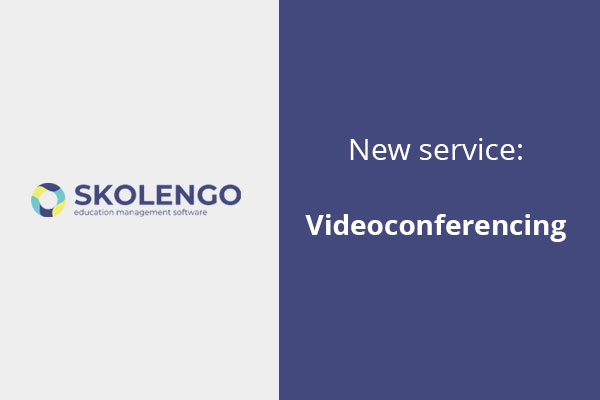3 key steps for a successful virtual class
The virtual class offers teachers the opportunity to teach all students remotely (students in internships, hospitalized students, high-level sports participants, school closings, etc.). They can also vary the teaching (oral training, cultural exchanges with other schools, etc.). Here is some advice and best practices for holding your first virtual class.
Prepare your virtual class
Apart from the required equipment (computer, tablet computer or smartphone with microphone, webcam and internet connection), you need to be well prepared before the virtual class to be able to concentrate solely on the teaching goals during the virtual class.
- Build a scenario adapted to the learners using one or more features of the videoconference, to prepare your courses before the virtual class.
- Test the virtual class service upstream as well as the webcam and the microphone.
- Prepare all documents to be shared or to be downloaded by the students. If these documents are to be downloaded, the students can download them before the virtual class via shared binders for example or directly during the virtual class.
- Test the virtual class service with the students beforehand and ask them to at least test their microphones before the start of the videoconference by creating a test virtual class on the organizer.
Start the virtual class
The start of the virtual class is an important moment for capturing the attention of the students. Here is some advice for getting off to a good start:
- Welcome all the students
- Remind them of the rules for use (microphone, “raising your hand”, chat, shared notes, etc.)
- Present the class goals and the programme
Lead your virtual class
The key to success of a virtual class is to keep the attention of the students throughout the whole class.
- Make provision for interactive time using for example, the chat or shared notes that you can record at the end of the virtual class.
- Reply to student questions when they ask to speak via the “raising your hand” feature.
- Propose surveys during the virtual class to check that a concept has been understood
The Visio service integrated into Skolengo allows you to organize a secure virtual class in 2 clicks. Only people with a Skolengo EMS account can access the virtual class which avoids external disruptions intervening. The service is hosted in France and follows the GPDR which guarantees the personal data of users.
Read more:
- Bonus: the best practices memo for a successful virtual classroom

Video-conferencing Skolengo
Discover a new service integrated into Skolengo
See the new service
Teaching
Liven up your teaching activities and provide each student with individual assistance
Discover the module

